Looking back at the past five years since I began in the role of national children’s commissioner, I am struck by how difficult it has been throughout this time to get political attention on the unmet needs of our most vulnerable children, who continue to be “left behind”.
Far too many of these children end up in the overwhelmed child protection and justice systems because of poverty, disabilities, health and learning problems, discrimination and disadvantage.
Australia continues to fail on child safety and wellbeing because of fragmented policy and service systems across the federation.
In the post-Covid era, the unmet needs of our most vulnerable children have been sidelined in favour of adults’ concerns. To illustrate, the confronting data on the prevalence of child abuse in the Australian Child Maltreatment Study received nothing like the media and political attention given to, for example, the issue of workplace sexual harassment.
Risks to the safety of our most vulnerable children have long been regarded as state and territory responsibilities, with the commonwealth government remaining at “arm’s length”.
It has become increasingly evident that this traditional “hands off” posture by the commonwealth government, saying “It’s not our responsibility – you should be speaking with the states and territories”, is not working.
There is growing recognition that the old ways of working on child safety and wellbeing are not fit-for-purpose for the challenges we face today.
We have witnessed the resulting policy paralysis in the shocking failure to implement child safety recommendations from a decade ago, which are now being fast-tracked by governments in response to the most recent crisis in the childcare sector.
In other areas of policy we have gone backwards, such as in the Northern Territory youth justice system where spithoods, and restraint chairs for children in psychological distress, have been reinstated, and the age of criminal responsibility has been lowered back down to 10 years. These regressive policies have taken Australia right back to pre-2016, when the Dylan Voller case was exposed by ABC Four Corners, triggering the NT royal commission into the protection and detention of children.
In a repeat of a bad movie that we have seen before, just yesterday the South Australian opposition promised to get tough on youth crime in the lead-up to the election in March 2026.
The failure of state and territory governments to look at the evidence of what will prevent crime by children is astounding. The evidence is in our Help Way Earlier! report tabled in parliament last year, which explains that harsh punishment of young children does not make communities safer.
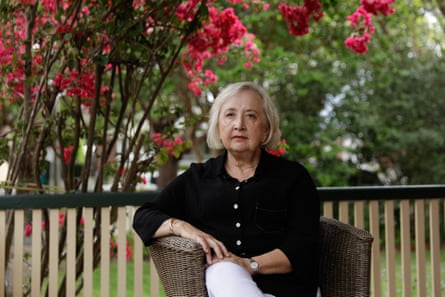
That’s because crime by children is a symptom of unmet needs and underlying issues that we are failing to address because of systemic problems in health, education and human services. The younger that a child gets pulled into the criminal justice system, the more likely it is that they will go on to commit more crimes.
The report recommends a national taskforce of governments across the federation to work on a reform roadmap to address the underlying issues causing crime by children. This taskforce should be convened by the commonwealth government.
In 2025 we have seen a relentless series of devastating revelations about child abuse in the childcare system.
As almost daily media reports emerged, we learnt the extent of the systemic failures. The complex mess of laws and policies, and the fragmented regulation of early childhood education across the country, has resulted in the adults being protected, not the children in their care.
Some of the long-overdue child safety reforms are now being fast-tracked by governments but this year has shone a harsh light on serious accountability gaps that need to be fixed.
Lack of knowledge is not our problem. We know what to do. So why did it take so long for governments to act on the evidence to improve child safety in the childcare sector?
It’s because accountability for action was either absent or obscured by the fragmentation of responsibilities across the federation. Child safety and wellbeing is a responsibility shared by all governments but the commonwealth government has a critical leadership role to play.
This crisis has highlighted the urgent need to make child safety, rights and wellbeing a national priority and to fix the accountability gaps.
For five years I have been respectfully suggesting that a cabinet minister for children would help to improve accountability and national co-ordination, just as there are good reasons why we have a senior cabinet minister for women. We also have “women and women’s safety” listed as a key priority for national cabinet but child safety is not a priority. In fact, children are not even mentioned on the list.
We get women’s budget statements each year. We similarly need a child wellbeing budget statement for accountability and transparency.
In light of what’s been publicly revealed through the shocking childcare crises this year, these are not radical ideas. We need to step up our accountability for child safety and wellbeing, and transform old ways of working that are not fit-for-purpose for the policy challenges of today.
Australia is a rich and smart democratic nation. We can do much better for our youngest and most vulnerable citizens.
-
Anne Hollonds is the former national children’s commissioner

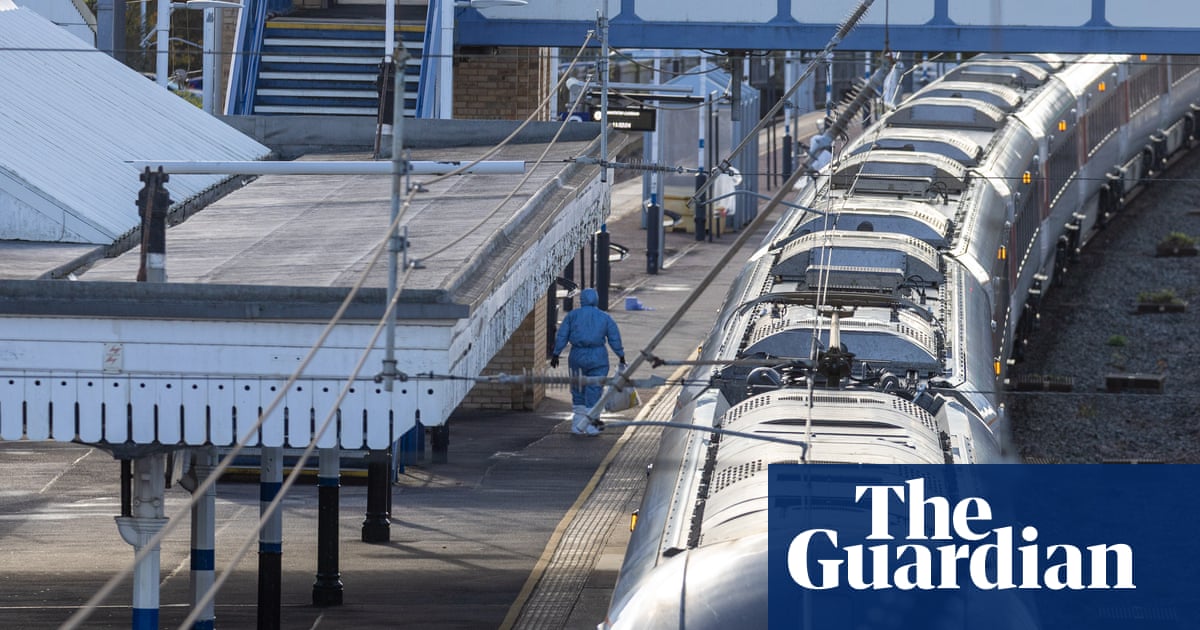

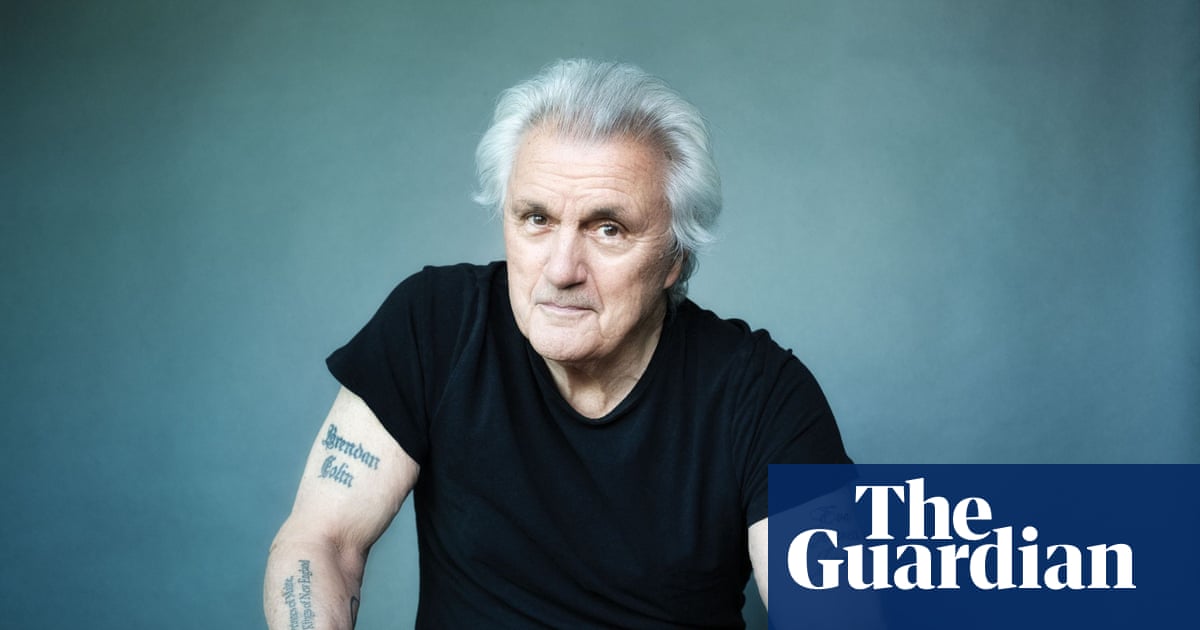
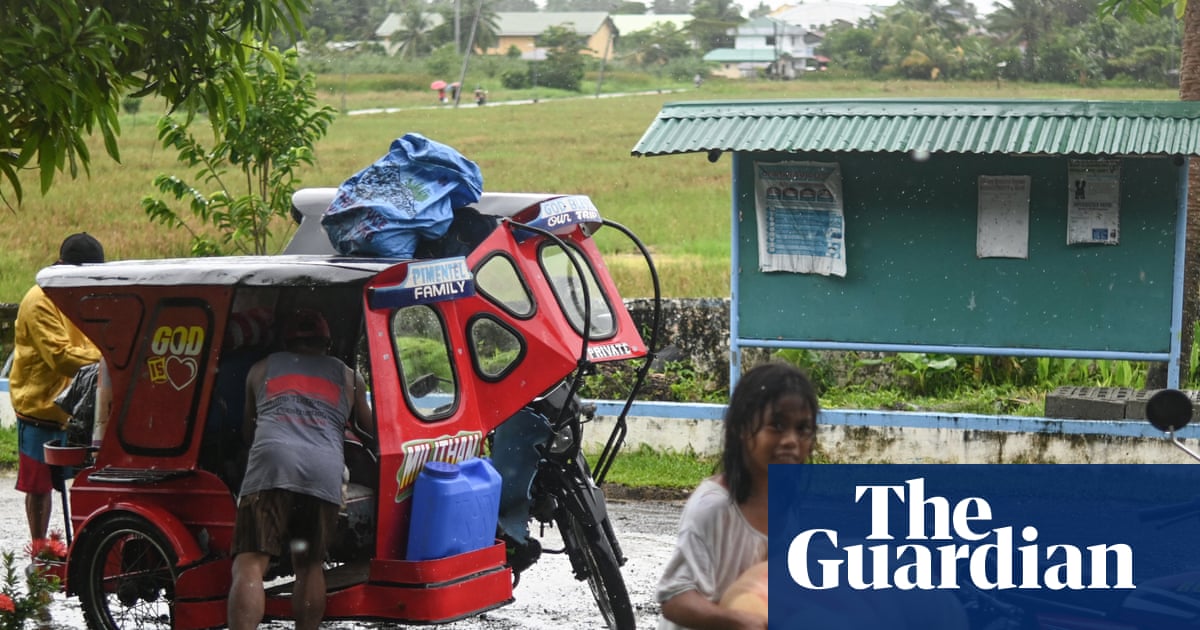
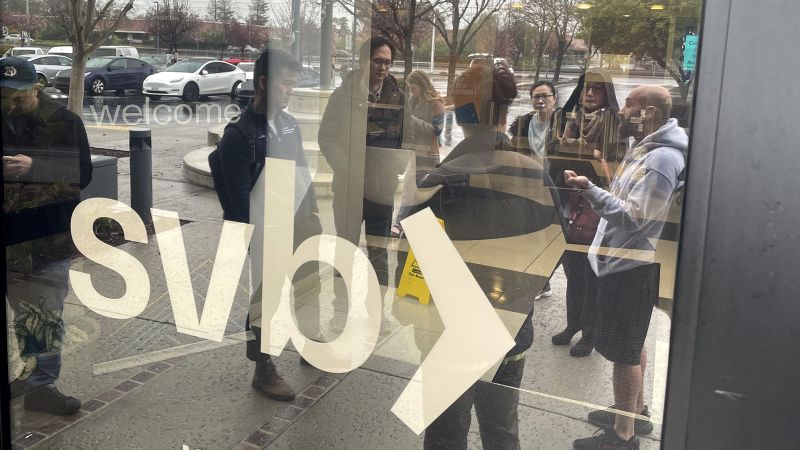

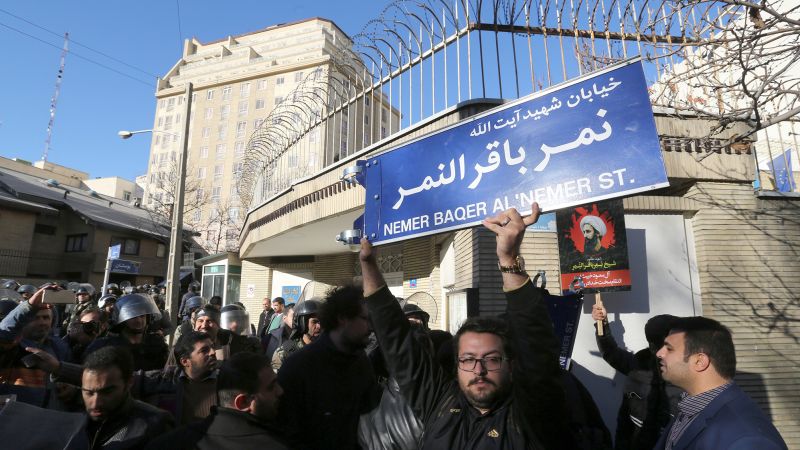
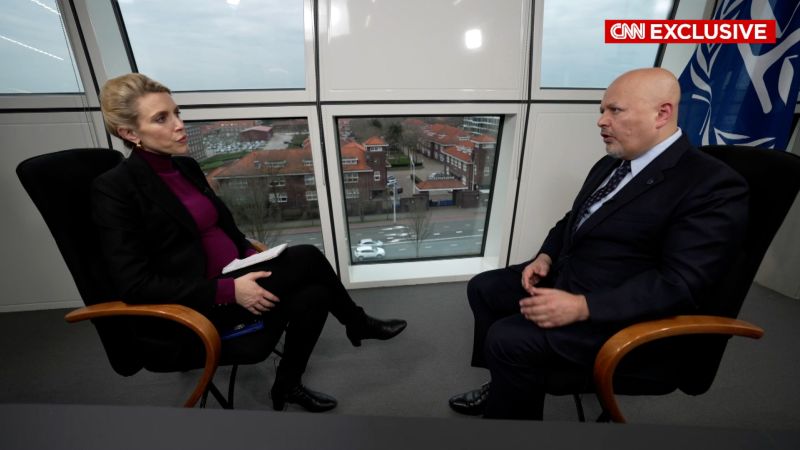
 English (US)
English (US)